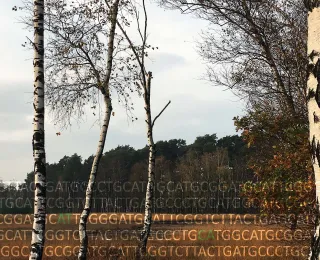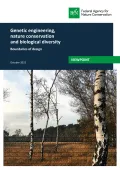Genetic engineering, nature conservation and biological diversity: Boundaries of design

The central result is that with current knowledge, risk assessment of the long-term effects of wild genetically modified organisms (GMOs) would quickly come up against limits due to, for instance, the complexity of the ecosystems involved. Thus, for example, genetic diversity is greater in wild organisms than in cultivated species, and the genetic background of wild species is often unknown. Accordingly, it is also difficult to assess whether the goals pursued with genetic modification can even be achieved.
Very fundamental conceptual and legal questions also present themselves. The intrinsic value of nature is a protected good in nature conservation which is firmly embedded in society and in legislation, and which imposes limits on the extent to which humans can intervene in nature. To accept permanent, far-reaching and heritable genetic modifications of wild organisms as legitimate instruments of nature conservation would go beyond previous human interventions in nature protection.
“If in these applications the active use of GMOs is proposed as an instrument of species conservation and for the protection of nature, that is something new for nature conservation and leads to very fundamental challenges at several levels,” emphasises Sabine Riewenherm, President of the Federal Agency for Nature Conservation. “The question as to how far and under which circumstances we wish to intervene in nature falls within the responsibility of nature conservation and society. This is why BfN is contributing to the debate with this position paper.”
Federal Agency for Nature Conservation (ed.) (2022): Genetic engineering, nature conservation and biological diversity: Boundaries of design. Viewpoint. Bonn: 32 pages. DOI 10.19217/pos222en, summary on p. 5–6.
